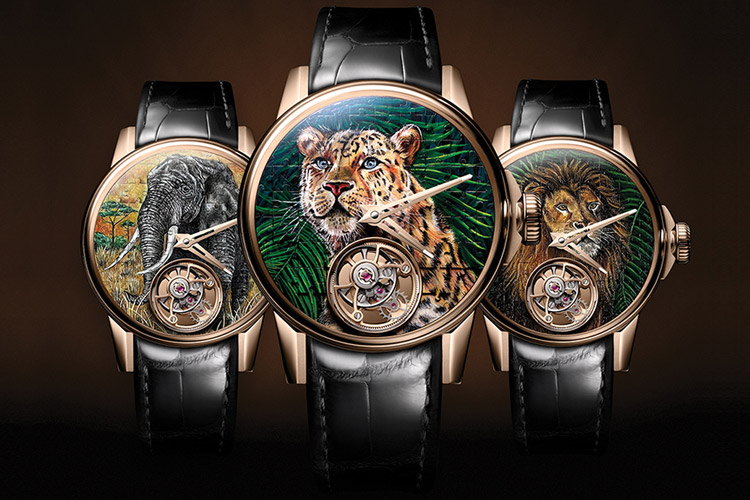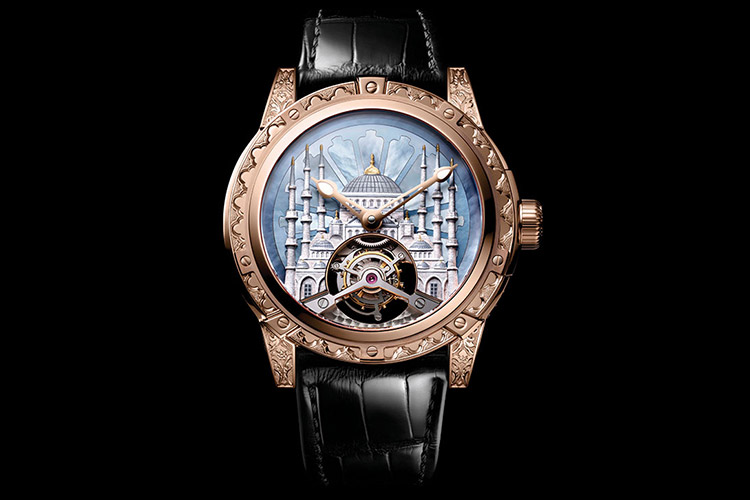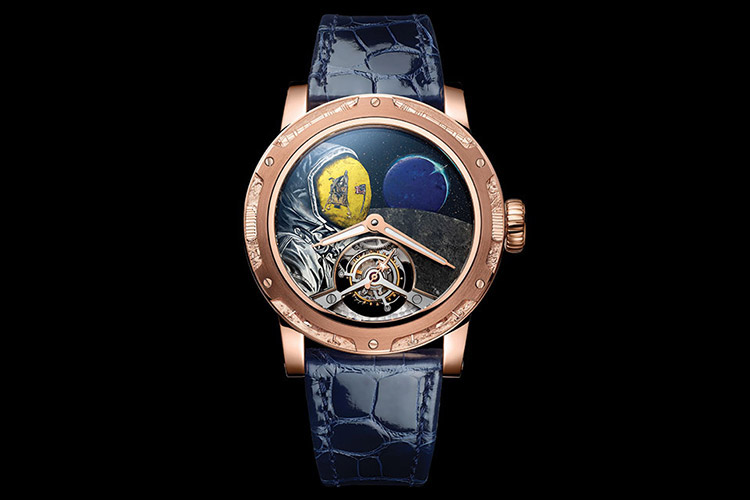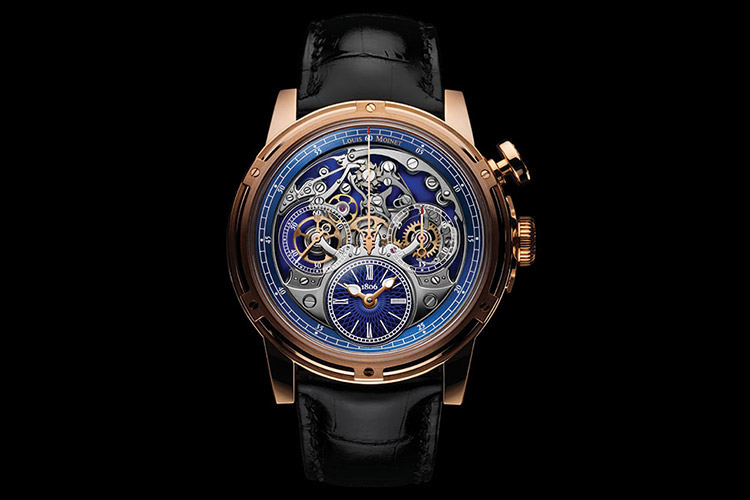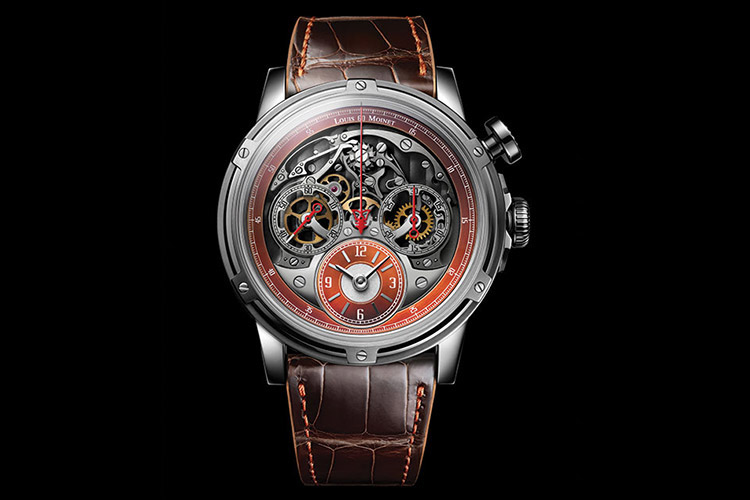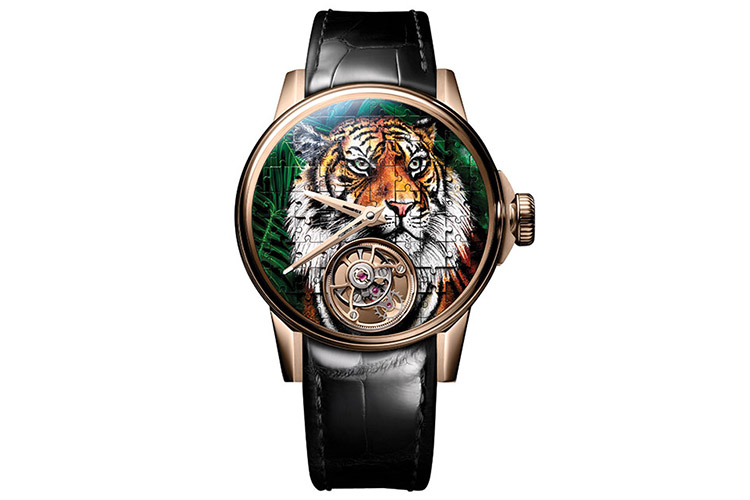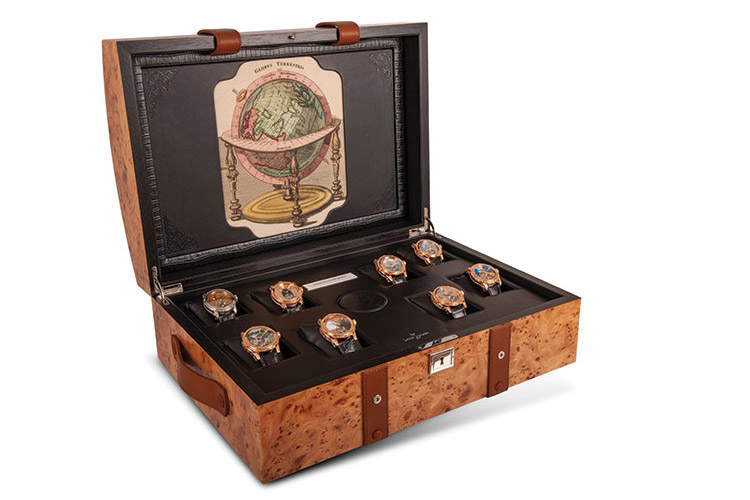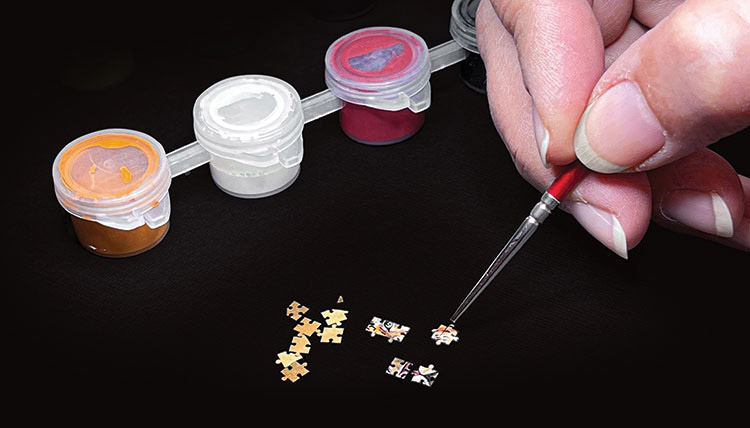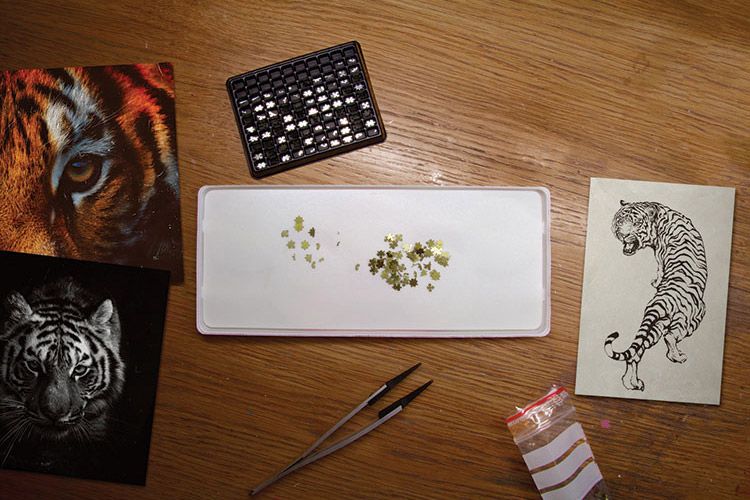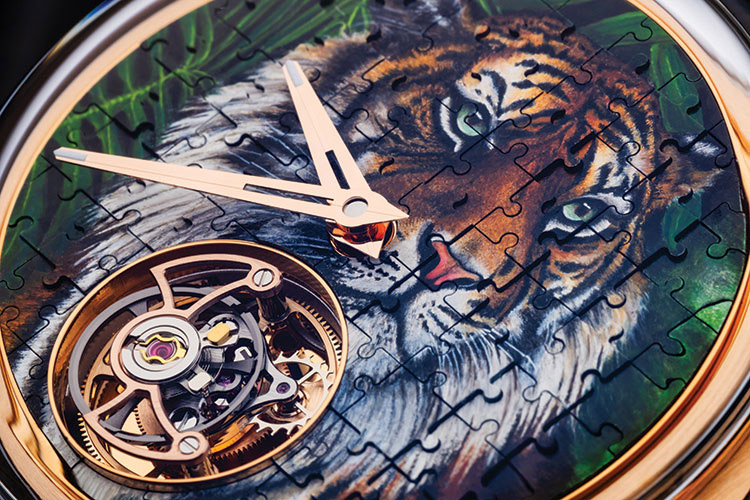
Jean-Marie Schaller, CEO and Creative Director of Louis Moinet, established the atelier in 2004, in honour of Louis Moinet (1768-1853) – a watchmaker, artist and astronomer, who is credited with inventing the chronograph and high frequency. The haute horology marque creates high-end timepieces featuring exotic materials and innovative technology, which are either exclusive limited editions or unique pieces. We speak to Schaller about some the brand’s creations
Can you tell us how the concept for the Savanna Tourbillon came about?
I created this company because I love watchmaking, the people who manufacture, and the people who buy them. Watchmaking is a very traditional craft invented hundreds of years ago; for instance, when making chronographs, we have to remember this technology was made more than 200 years ago. Today, thanks to micro processing, laser technology and new machines, we can do some wonderful pieces that we were unable to make before and therefore are creating a new phase in watchmaking. Watchmaking is very conservative, but it is also very innovative at the same time. Savanna Tourbillon is a good example of this because never was a timepiece made based on a puzzle. The magic of Savanna is that it is made of 81 pieces of a jigsaw puzzle. It is made of 4 different levels or heights; this makes it easy for people who see it to understand it is a puzzle – and not just a pattern on a normal brass plate – which also has a micro painting of an animal. The idea was to push boundaries as we do most of the time; this is what drives us. We don’t want to imitate other products but forge our own path.
What are the different steps of creating the dial with the jigsaw puzzle?
It all starts with a piece of brass that is then laser cut with precision into 81 different pieces. These 81 pieces are then assembled – already a lot of work. An artist then paints on them; it is then disassembled as the edges of all the pieces also have to be painted. As these 81 pieces are on different levels, the edges are visible and need to be fully painted. Once the edges are painted, the pieces are re-assembled again and finally glued together, ensuring that pieces do not fall apart due to shock or fall.
How do you assemble the dial on different levels?
There are actually 4 brass plates; we take, for instance, 60 pieces from one brass plate, 5 from the next, 8 from another, and so on until we get 81 pieces in total. Since the plates are of different thicknesses, we have 81 pieces of different thicknesses, i.e., levels. People saw that not only was it spectacular but something that has never been made before and very original. It is like we have invented a new métiers d’art – a new artisanal craft.
It seems a very labour-intensive process; how many pieces can you produce in a year?
Yes, it is a lot of work as everything is made by hand; we can make up to 6 pieces in a year. It is not a lot, but we also want to keep it highly exclusive. That means that we have to work with the very few artists who can master the beauty of a dial. Not many artists can do achieve this kind of perfection, and artisanal crafts are difficult to sustain. When everything is going well in the world of watchmaking, there are many people who are willing to do this kind of work, but when times are more difficult some of the artists are unable to survive. We used to work with this lady, an independent engraver who is very talented. She did a few dials for us; one day, she told us that she was done in this field as she didn’t get enough work and started working at a regular job, in a supermarket or something like that. This is not a remote case and has happened to quite a few engravers.
Can you tell us about the watches that you debuted when Louis Moinet first participated in Watches & Wonders four years ago?
It was during the pandemic that we first exhibited in Watches & Wonders, and I wanted to start with a great project even though it was a fully digital edition that year. I came up with two different concepts – one was the eight marvels of the world. It was a big box and inside were eight watches that portrayed the best of this world, like the Taj Mahal, India, the Blue Mosque, Istanbul, and the Great Wall of China, while the other was called Moon Race, which had four pieces. These four pieces marked the four important milestones of the Apollo Missions – Apollo 11 and Apollo 13 – and Luna – Luna 9 and Luna 13 – the Russian missions. We had collected ‘flown pieces’ – tiny pieces of material that was part of the equipment that were on board these space missions. We have a piece of Apollo 11 that orbited the moon and came back to earth, and we inserted this in the watch. The Russian Luna missions were very important space missions; Luna 9 was actually the first to land on the moon and sent the very first pictures from the moon. But it never came back, so we don’t have a piece of Luna 9, but we were able to get a piece of the last Luna mission – Luna 13 – and we used it for both the Luna timepieces. This was acquired by a very important collector who valued it more for the extreme rarity of the piece rather than because of its association with the moon missions. We just had three months from when we knew we were participating in Watches & Wonders to create these two concept collections and we were able to complete it. Today, the same project would take around 1.5 years; we were able to complete it then because we were the only one to give them work at that time.
Can you tell us about Memoris, which you debuted some years ago and is still a great success?
When I started this company, we had lost the history of Louis Moinet; we did not know anything about his life or works. I knew that I had to relaunch this company and I just followed my instincts. But I was blind and did not know which direction to take. When we discovered his chronograph in 2012, I was overjoyed. We then spent more than nine months of study – disassembling and reassembling the movement, talking to the International Museum of Horology in La Chaux-de-Fonds to make sure that everybody agreed that what we would reveal was true. It was on March 21, 2013, that we announced that watch history would have to be rewritten, and the inventor of the chronograph is Louis Moinet. But we had to then translate it for today; we had to imagine the Memoris. It was a very expensive and intensive project, but we came up with this idea in 2015 and this is a fully integrated chronograph. It has been eight years now and is a huge success.
